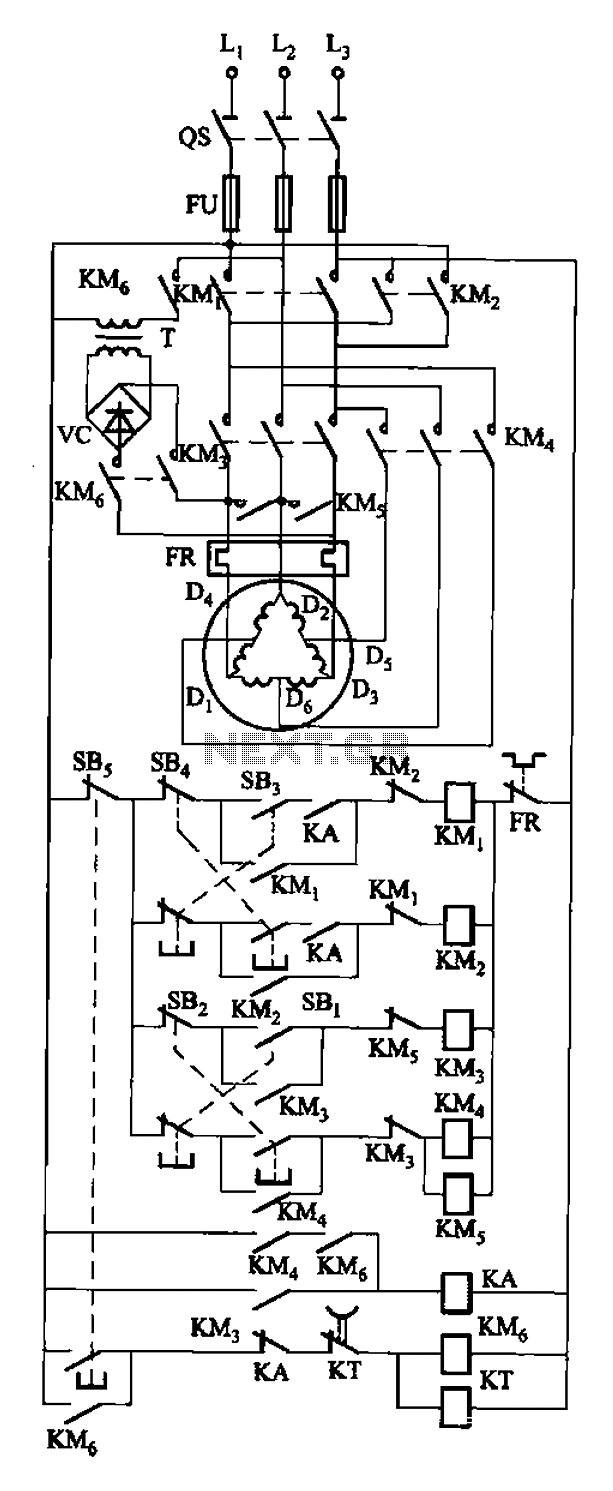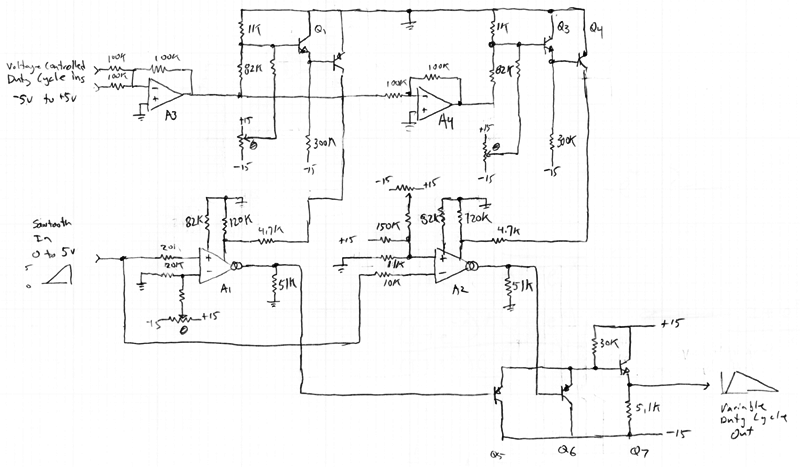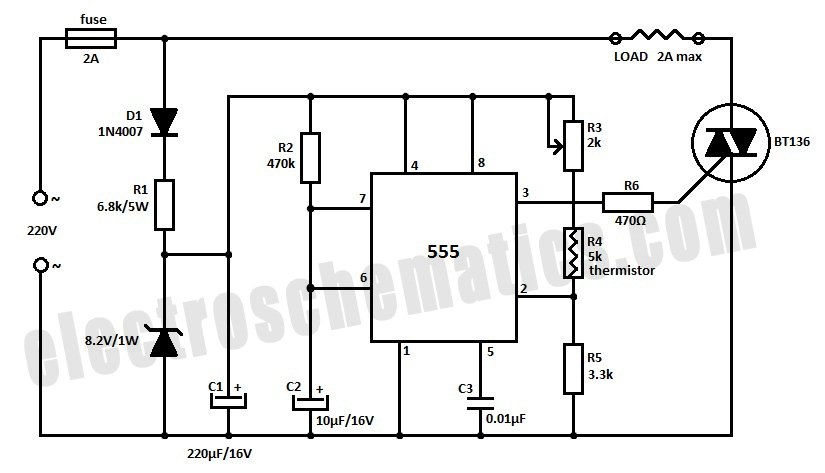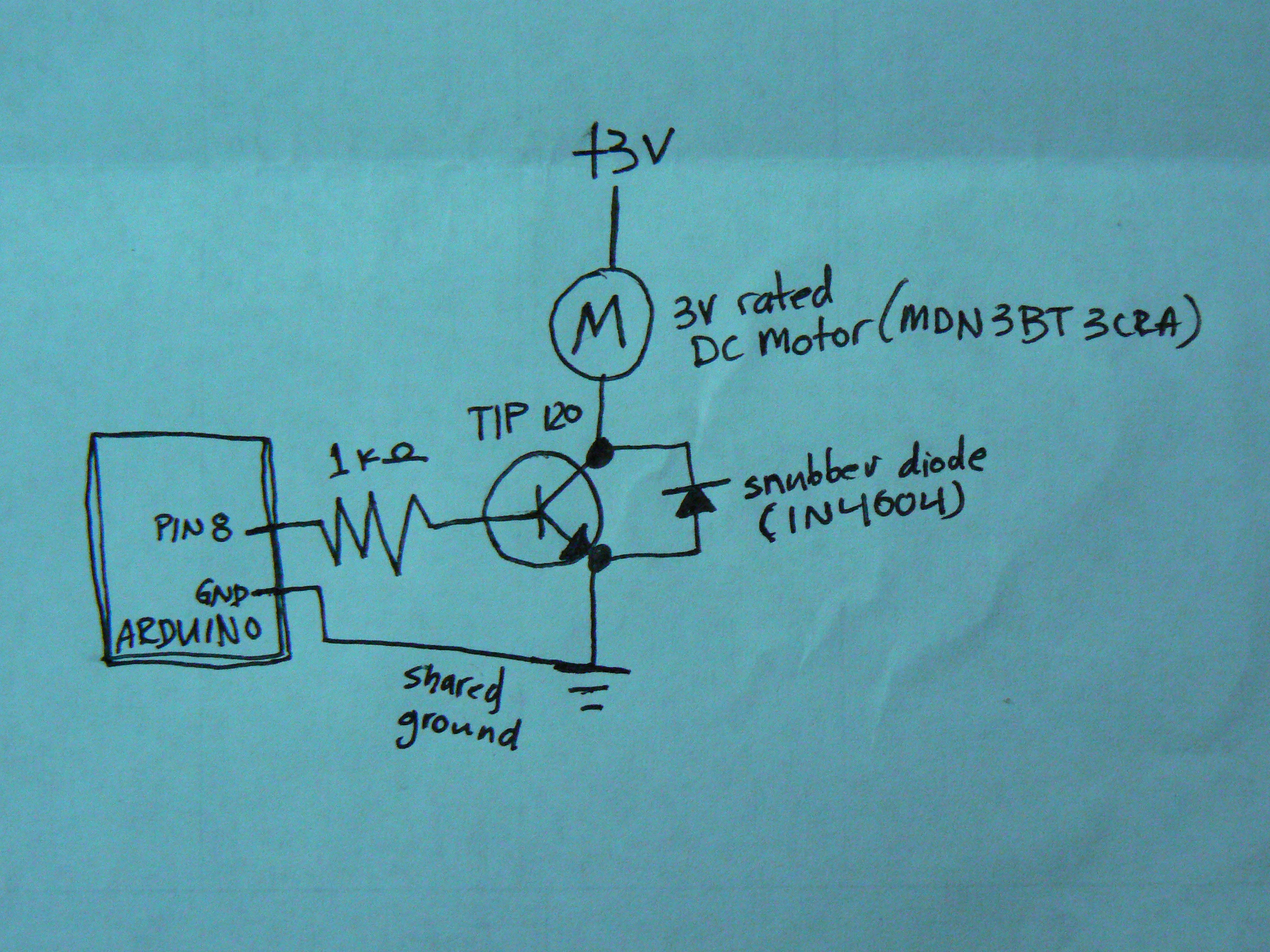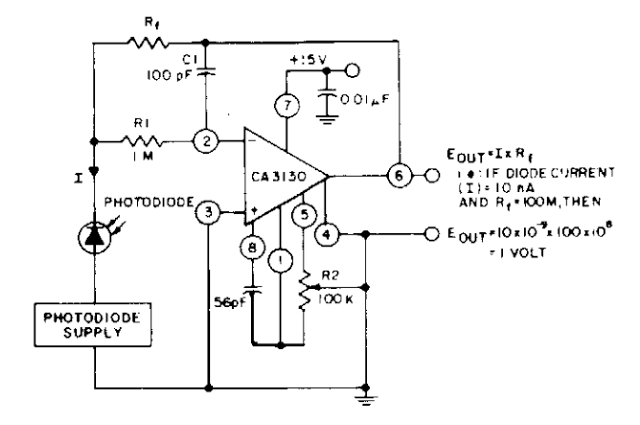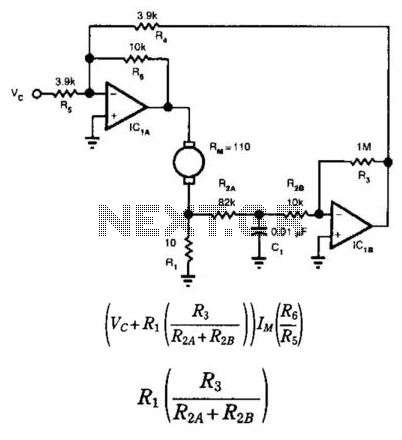
Having a current negative feedback speed control system
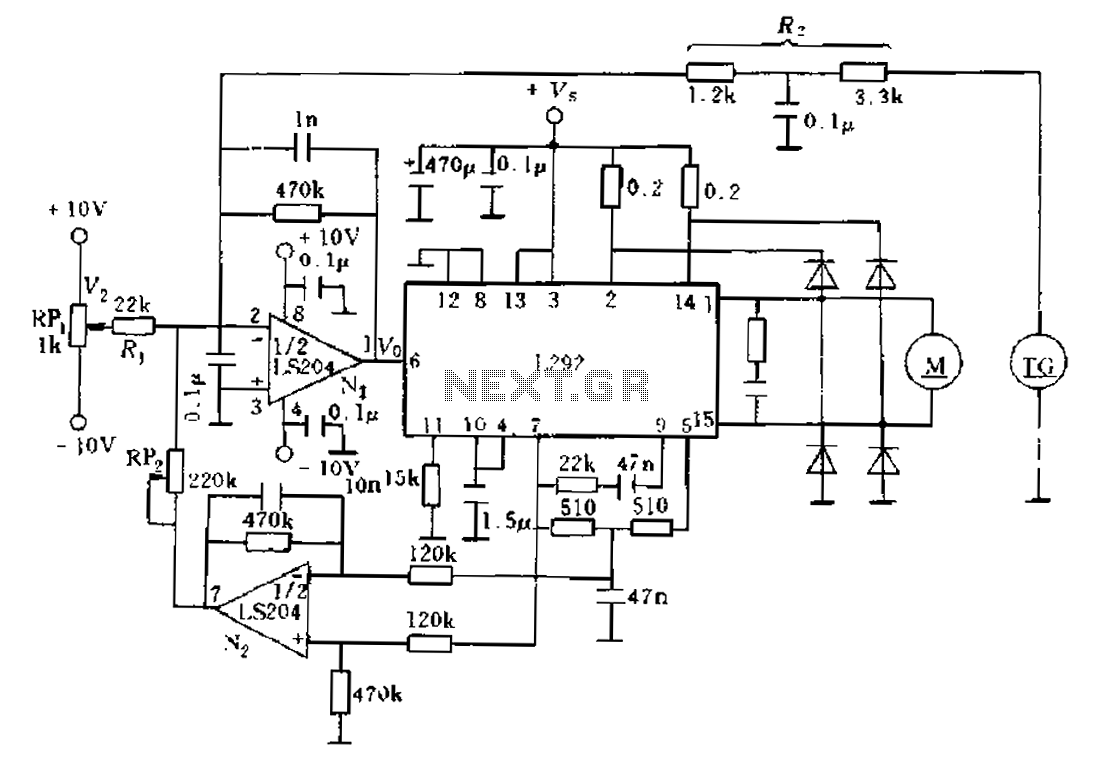
An alternative solution involves enhancing the existing feedback signal directed to an error amplifier summing junction, which is integrated into a current feedback loop for improvement. The L292 circuit demonstrates that the electrical current is proportional to the average current in the external circuit, with distances of 5 feet and 7 feet between the flows. As depicted, sampling is conducted through an operational amplifier with a resistance of 510 ohms after being routed to the error amplifier at a distance of 2 feet. The feedback coefficient is adjusted using a potentiometer (RP), which is tuned to effectively mitigate the impact of load current on speed.
In this circuit design, the L292 operational amplifier serves as the core component for current feedback applications. The configuration emphasizes the importance of the feedback loop in maintaining the stability and accuracy of the output signal. The feedback signal is processed through an error amplifier summing junction, where the incoming signals are compared against a reference voltage to determine the necessary corrections.
The choice of a 510-ohm resistor in the sampling path is critical, as it influences the gain and bandwidth of the operational amplifier. This resistor helps in setting the desired impedance level, ensuring that the operational amplifier operates within its optimal range. The two-foot distance from the sampling point to the error amplifier is designed to minimize any potential signal degradation due to transmission losses, thereby preserving the integrity of the feedback signal.
The use of a potentiometer (RP) for adjusting the feedback coefficient allows for fine-tuning of the circuit's response to varying load conditions. By appropriately adjusting RP, the designer can suppress unwanted variations in speed that may arise from fluctuations in load current. This capability is essential in applications where consistent performance is required, particularly in systems with dynamic load characteristics.
Overall, this circuit exemplifies a well-thought-out design approach, integrating feedback mechanisms and component selection to achieve reliable operation in current feedback applications. The careful consideration of distances, resistances, and tuning elements ensures that the system remains responsive and stable under varying operational conditions.Another solution would be to improve the current feedback signal to an error amplifier summing junction incorporated into, a current feedback loop to increase. Figure this scen ario. L292 circuit, and electrical current is proportional to the average current in the external circuit of motivation 5 feet and 7 feet between the flows As shown above, sampling through an operational amplifier adjustment from 510fl resistance after delivery to the error amplifier 2 feet. Feedback coefficient by the potentiometer RP, tuning. Appropriately adjusted RP, suppressed the influence of load current on speed.
In this circuit design, the L292 operational amplifier serves as the core component for current feedback applications. The configuration emphasizes the importance of the feedback loop in maintaining the stability and accuracy of the output signal. The feedback signal is processed through an error amplifier summing junction, where the incoming signals are compared against a reference voltage to determine the necessary corrections.
The choice of a 510-ohm resistor in the sampling path is critical, as it influences the gain and bandwidth of the operational amplifier. This resistor helps in setting the desired impedance level, ensuring that the operational amplifier operates within its optimal range. The two-foot distance from the sampling point to the error amplifier is designed to minimize any potential signal degradation due to transmission losses, thereby preserving the integrity of the feedback signal.
The use of a potentiometer (RP) for adjusting the feedback coefficient allows for fine-tuning of the circuit's response to varying load conditions. By appropriately adjusting RP, the designer can suppress unwanted variations in speed that may arise from fluctuations in load current. This capability is essential in applications where consistent performance is required, particularly in systems with dynamic load characteristics.
Overall, this circuit exemplifies a well-thought-out design approach, integrating feedback mechanisms and component selection to achieve reliable operation in current feedback applications. The careful consideration of distances, resistances, and tuning elements ensures that the system remains responsive and stable under varying operational conditions.Another solution would be to improve the current feedback signal to an error amplifier summing junction incorporated into, a current feedback loop to increase. Figure this scen ario. L292 circuit, and electrical current is proportional to the average current in the external circuit of motivation 5 feet and 7 feet between the flows As shown above, sampling through an operational amplifier adjustment from 510fl resistance after delivery to the error amplifier 2 feet. Feedback coefficient by the potentiometer RP, tuning. Appropriately adjusted RP, suppressed the influence of load current on speed.
Warning: include(partials/cookie-banner.php): Failed to open stream: Permission denied in /var/www/html/nextgr/view-circuit.php on line 713
Warning: include(): Failed opening 'partials/cookie-banner.php' for inclusion (include_path='.:/usr/share/php') in /var/www/html/nextgr/view-circuit.php on line 713
